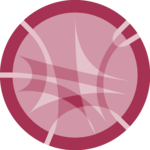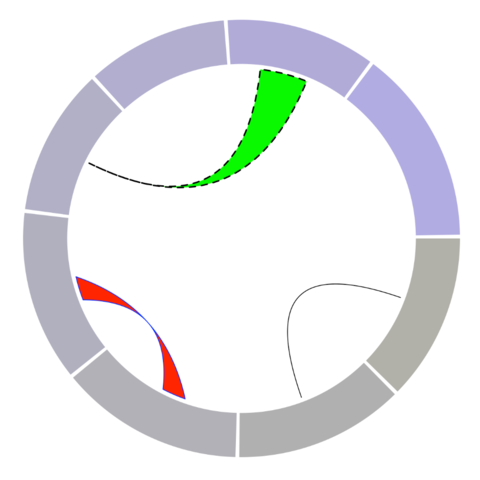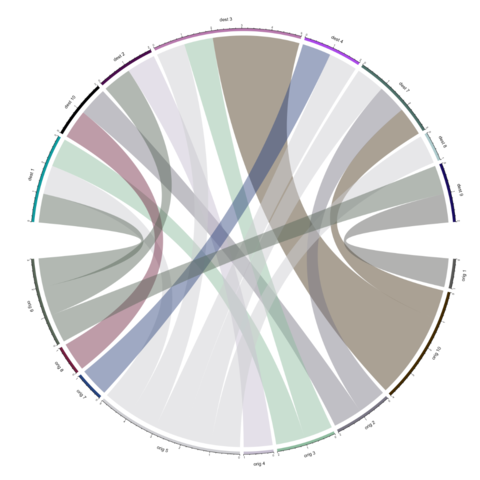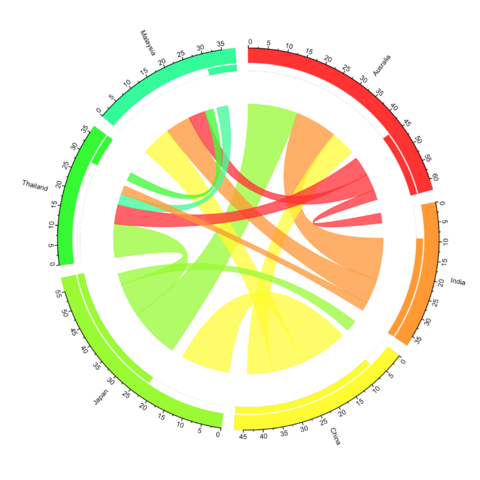Create Interactive Chord Diagrams with chorddiag
The chorddiag package in R
enables the creation of interactive chord diagrams using the D3
JavaScript library. This post showcases the key
features of chorddiag and provides a set of
example visualizations.

{chorddiag}


